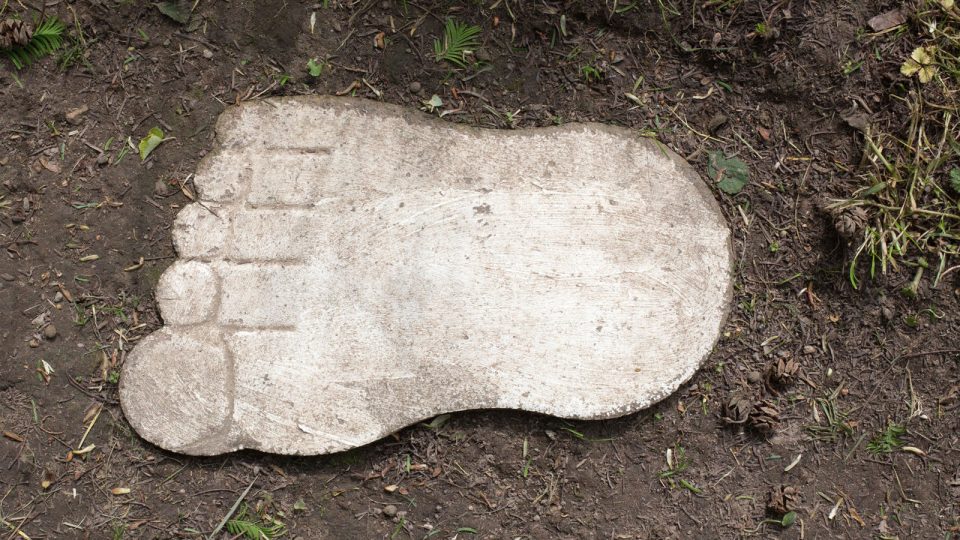Barefoot and minimalist running didn’t die, but it didn’t take root with mainstream runners either, largely due to a combination of runner needs and early footwear or lack thereof. Not every runner has access to natural surfaces, such as open fields, the most conducive surface for barefoot running.
Not every runner has feet that can handle an unsupported landing due to problems such as arch issues or conditions like plantar fasciitis.
The Trend of Barefoot and Minimalist Running
In the early part of the decade, many runners jumped on the barefoot running bandwagon, but the trend seems to have peaked. Most runners upkeep a daily regimen and to run barefoot or wearing minimalist shoes requires re-learning to run.
When you run with traditional running shoes, your heel strikes ground first. Barefoot runners land on the balls of the foot. Although landing on the ball of the foot generates less impact on the body, it takes time to re-learn the new method of running which requires shorter strides and more flex of the knees, hips and ankles.
Dr. Irene S. Davis, Ph.D., professor of physical medicine and rehabilitation at Harvard Medical School, explained to WebMD how shoes affect our running style.
“We’ve over-supported our feet [in running shoes] to the point that our foot doesn’t have to do what it’s designed to do. When you support a muscle, it doesn’t have to work as hard. When it doesn’t have to work as hard, it gets weak.”
Davis, who also serves as the director of the Spaulding National Running Center, says running barefoot makes your leg muscles work harder in the beginning.
“Ditching your shoes means the muscles in your calves and feet will have to work harder to accommodate to a different foot strike and shorter stride. It takes time for new barefoot runners to build up those muscles.”
But, that means time away from regular training. It means shorter distances, at first. It can lead to injury when the transition isn’t done right.
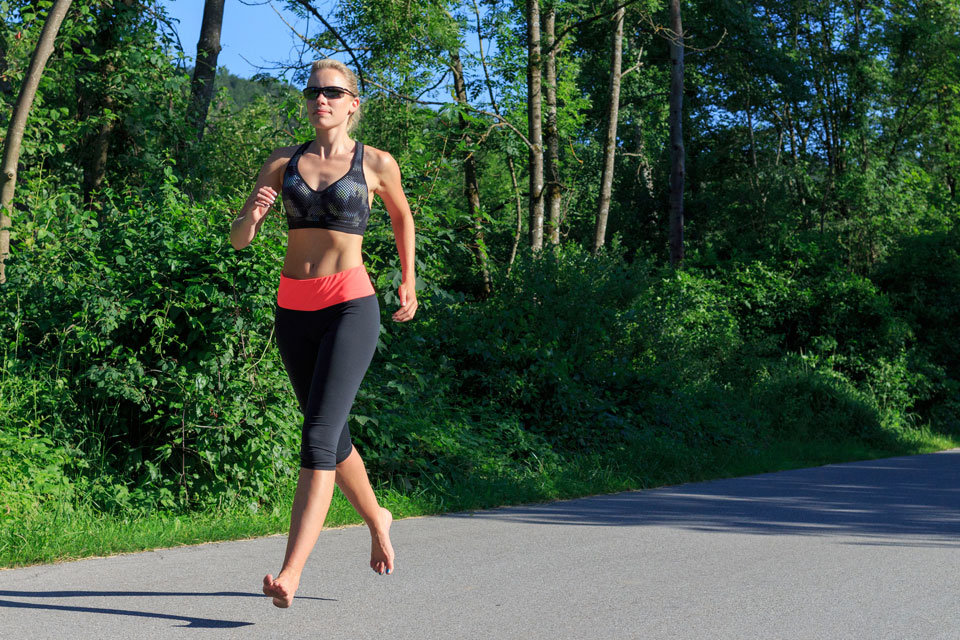
Slow Growth
When you add the required transition time to re-learn how to run to the need for an appropriate surface and a runner’s foot health, you can see why the trend experienced such dismal growth. Finally, although now many companies produce minimalist shoes, in the beginning it was Vibram only. You wore FiveFingers or nothing, and runners either loved or hated the toe pockets.
Now, Merrell and Vivo joined the niche and major players like adidas entered the market, maybe too late. Running blogger Peter Larson told Runner’s World, he thinks people’s infatuation with minimalist shoes like FiveFingers is over.
“I think we may have reached the end of people’s infatuation with them,” Larson said. ‘The fit is so hard to get right. The toe pockets, you either love those or hate them when you run in them. I think a lot of them are sitting in people’s closets.”
Larson predicts small growth in quasi-minimalist shoes like the Kinvara with a flat cushion. He said the majority of runners want some cushion.
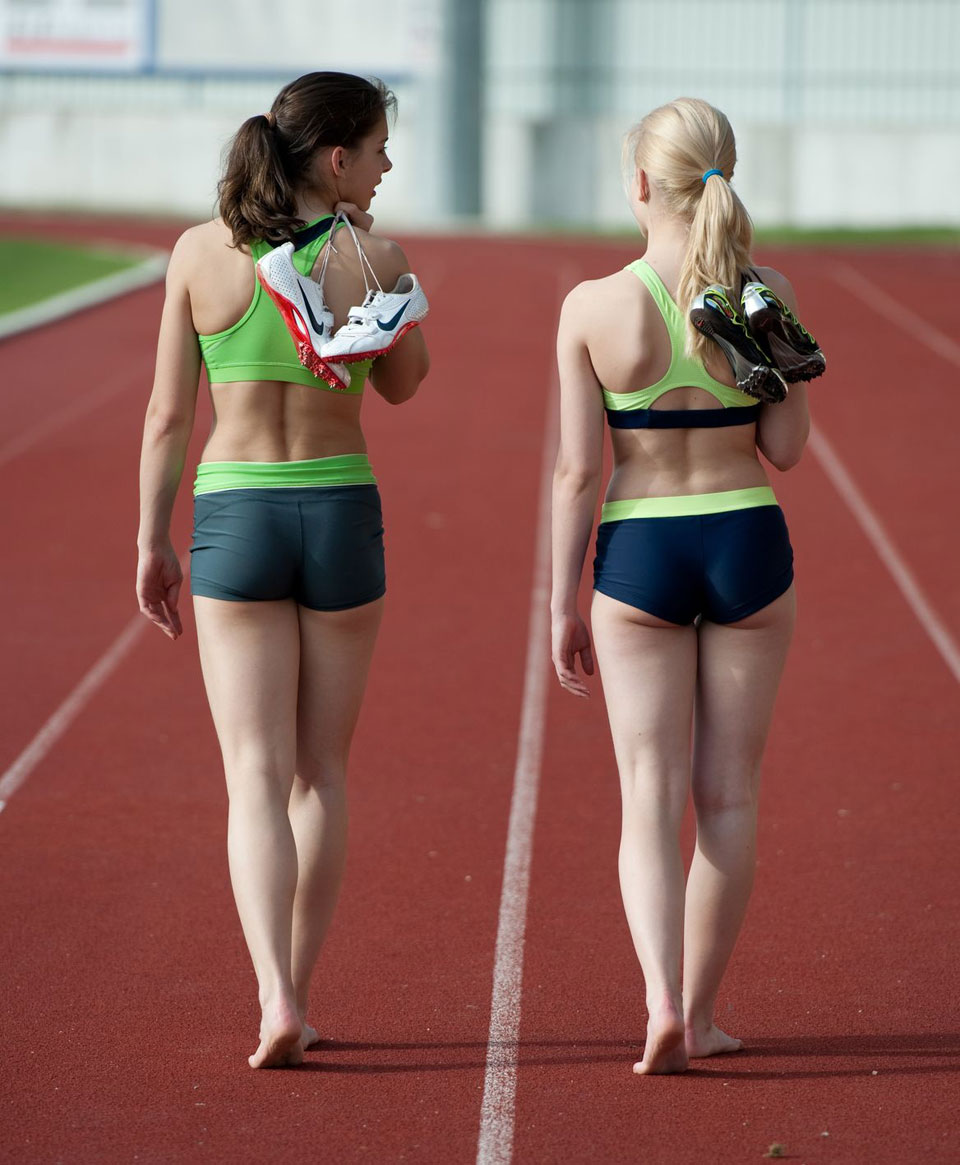
What’s Next?
But, you’re a runner who has the time to invest in learning a new running style. You’re ready to try barefoot running, not because it’s a trend or a fad, but because it reduces the impact on your body and strengthens your leg muscles in new ways. You’ll need a good shoe to start.
The choices grew remarkably since the start. Be prepared to spend $90 to $100. You need a fabulous fit, so even if you order online, visit a store and try each possibility out before purchasing. Also, don’t expect the extremely thin, toe pocket shoes that started the trend. The New York Times agrees with Larson.
Runners started moving to “maximalist” shoes with more cushioning. That filtered into all designs.
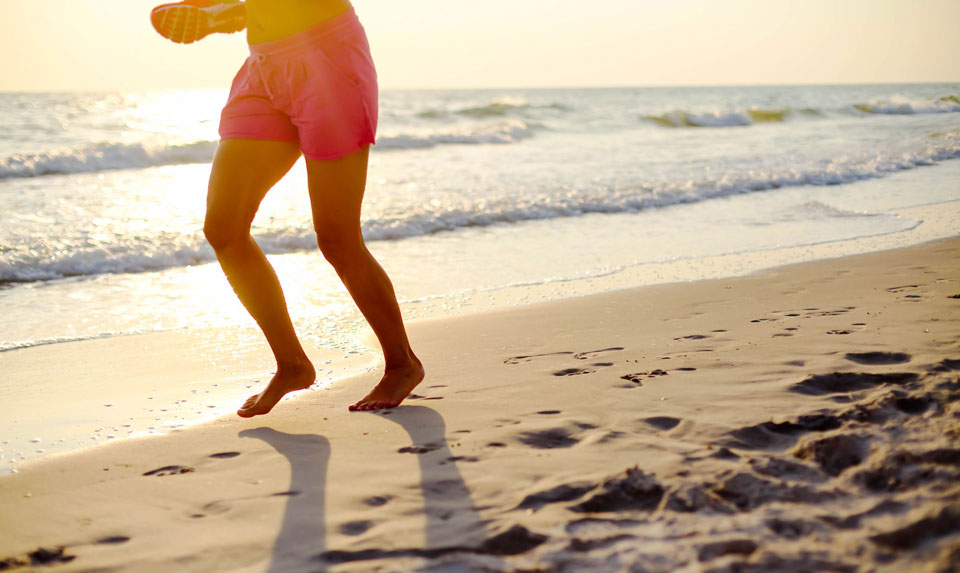
Worthy Minimalist Running Shoes
Merrell has taken the lead in 2016 in the minimalist shoes design and performance. For men, the Merrell Bare Access 4 provides durable comfort even running long distances and performs well under wet or dry conditions. The responsive insoles provides greater control for the experienced runner and features zero heel drop. The reflective panelling makes it a great choice for night runners.
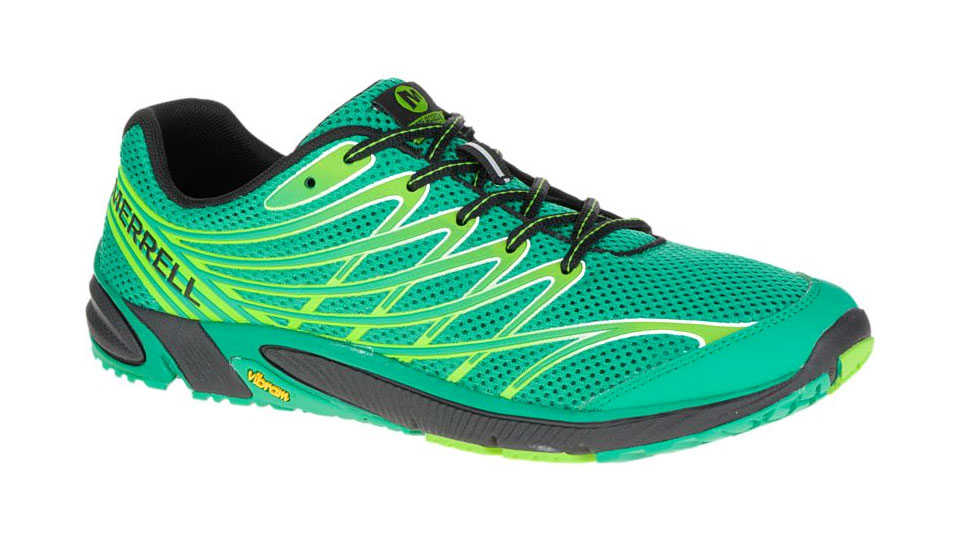
For women, the fit and performance of the Merrell Vapor Glove 2 turned in the best performance in all conditions and distances. The arch is a bit high, but it has zero heel drop and heel shock absorbers. The featherlight weight makes it a great choice for minimalistic runners.
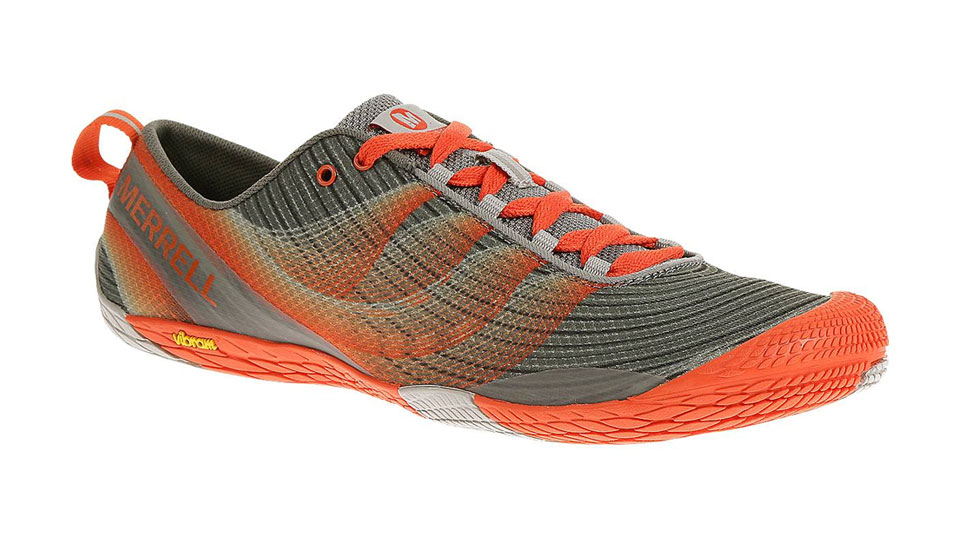
The name’s not too catchy but, the TF-BK30 Tesla Men’s Trail defies the barefoot tradition in the important area of cost and it’s the most lightweight minimal shoe. This durable shoe features a non-slip grip outsole so your feet don’t slip inside the shoe.
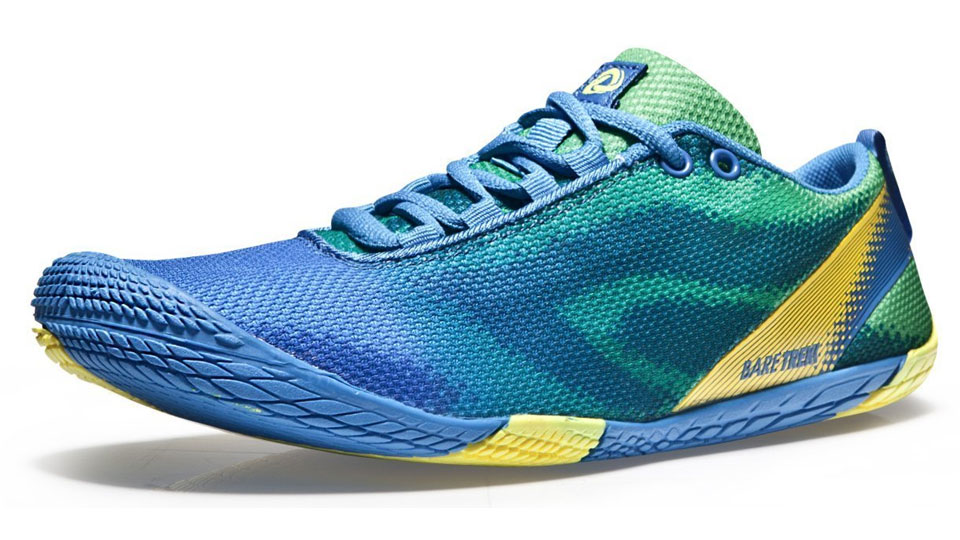
End of the Minimalist Running Trend?
The investment is small to try minimalist running. You do need time from your regular training schedule to transition to the new style, but the benefits to your lower body in muscle development and less impact trump the break.
Is the minimalist trend for you or the maximalist?



